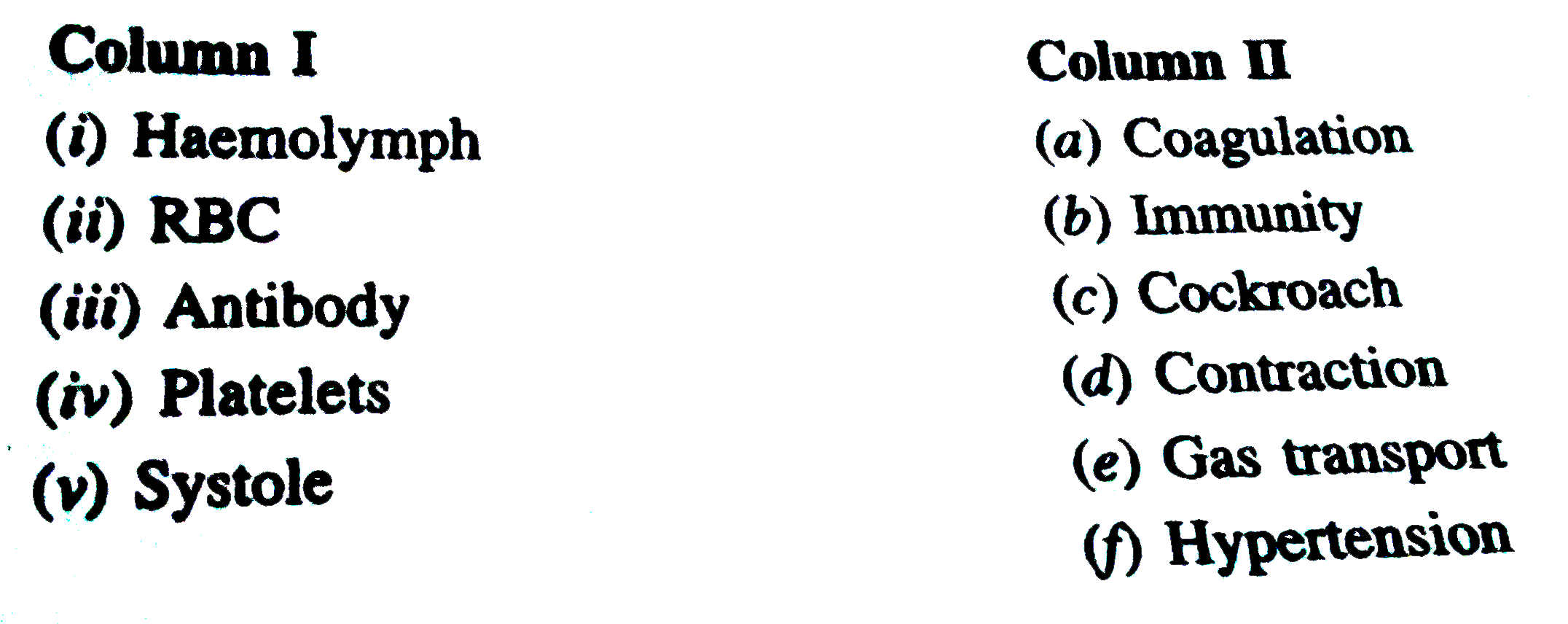Match the column I with column-II
Column IColumn - IIStem tendrils Citrus , BougainvilleaStem thornsCalotropis, guavaOpposite phyllotaxyChina rose , mustardAlternate phyllotaxyGourds , grapevines
a- iv ,b - ii , c - i , d - iii
a- iv ,b - i , c - ii , d - iii
a- ii ,b - i , c - iii , d - iv
a- iv ,b - i , c - iii , d - ii
The correct Answer is:B
To solve the matching question between Column I and Column II, we will analyze each item in Column I and find the corresponding item in Column II based on the characteristics of the plants mentioned.
1. Stem Tendrils:
- Stem tendrils are modified stems that are slender and spirally coiled, helping plants climb.
- Common examples of plants with stem tendrils include gourds like cucumber, pumpkin, watermelon, and grapevines.
- Match: Stem Tendrils → Gourds, Grape Vines (D).
2. Stem Thorns:
- Stem thorns are modifications of stems that are woody, straight, and pointed, providing protection to the plants.
- Examples include Citrus and Bougainvillea, which have thorns for protection against herbivores.
- Match: Stem Thorns → Citrus, Bougainvillea (A).
3. Opposite Phyllotaxy:
- Opposite phyllotaxy refers to a pattern where a pair of leaves arises at each node, opposite to each other.
- This arrangement can be observed in plants like Calotropis and Guava.
- Match: Opposite Phyllotaxy → Calotropis, Guava (B).
4. Alternate Phyllotaxy:
- In alternate phyllotaxy, a single leaf arises at each node in an alternating manner.
- This pattern is seen in plants like China Rose and Mustard.
- Match: Alternate Phyllotaxy → China Rose, Mustard (C).
Final Matches:
- Stem Tendrils → Gourds, Grape Vines (D)
- Stem Thorns → Citrus, Bougainvillea (A)
- Opposite Phyllotaxy → Calotropis, Guava (B)
- Alternate Phyllotaxy → China Rose, Mustard (C)
Answer:
- A - 1
- B - 2
- C - 3
- D - 4
- Stem tendrils are modified stems that are slender and spirally coiled, helping plants climb.
- Common examples of plants with stem tendrils include gourds like cucumber, pumpkin, watermelon, and grapevines.
- Match: Stem Tendrils → Gourds, Grape Vines (D).
- Stem thorns are modifications of stems that are woody, straight, and pointed, providing protection to the plants.
- Examples include Citrus and Bougainvillea, which have thorns for protection against herbivores.
- Match: Stem Thorns → Citrus, Bougainvillea (A).
- Opposite phyllotaxy refers to a pattern where a pair of leaves arises at each node, opposite to each other.
- This arrangement can be observed in plants like Calotropis and Guava.
- Match: Opposite Phyllotaxy → Calotropis, Guava (B).
- In alternate phyllotaxy, a single leaf arises at each node in an alternating manner.
- This pattern is seen in plants like China Rose and Mustard.
- Match: Alternate Phyllotaxy → China Rose, Mustard (C).
- Stem Tendrils → Gourds, Grape Vines (D)
- Stem Thorns → Citrus, Bougainvillea (A)
- Opposite Phyllotaxy → Calotropis, Guava (B)
- Alternate Phyllotaxy → China Rose, Mustard (C)
- A - 1
- B - 2
- C - 3
- D - 4
Topper's Solved these Questions
Similar Questions
Knowledge Check
Match column I with column II
 AP-2, Q-1, R-3, S-4BP-4, Q-2, R-1, S-3CP-1, Q-2, R-3, S-4DP-3, Q-1, R-2, S-4
AP-2, Q-1, R-3, S-4BP-4, Q-2, R-1, S-3CP-1, Q-2, R-3, S-4DP-3, Q-1, R-2, S-4
Match the column-I to column-II:-

View SolutionMatch column I with column II:

View SolutionMatch column I with column II:

View SolutionMatch the column I with the column II

View SolutionMatch column I with column II

View SolutionMatch column I with column II

View SolutionMatch the column I with the column II

View Solution


